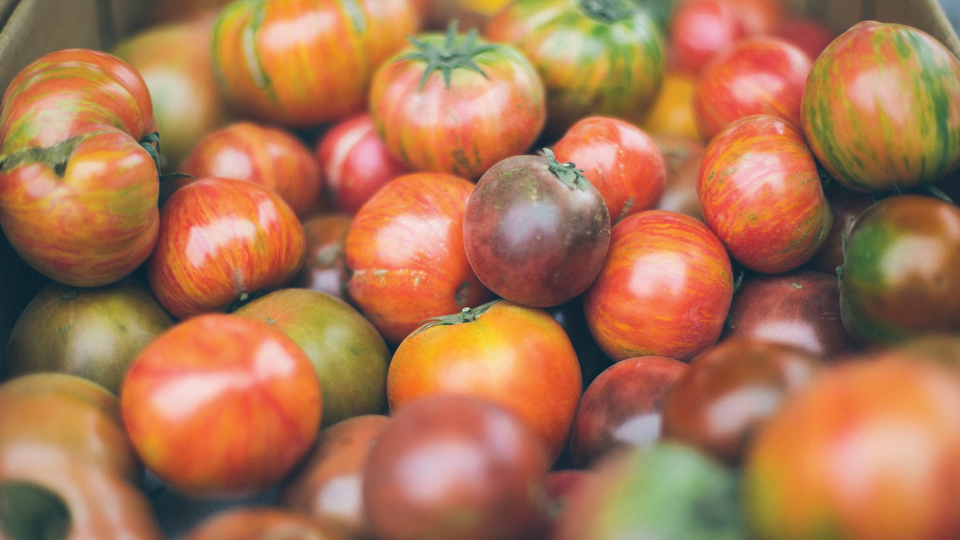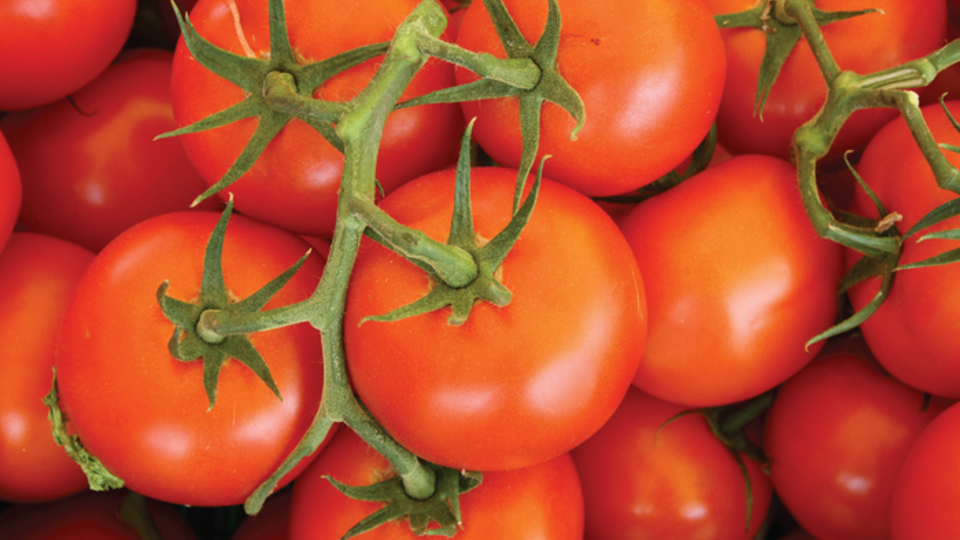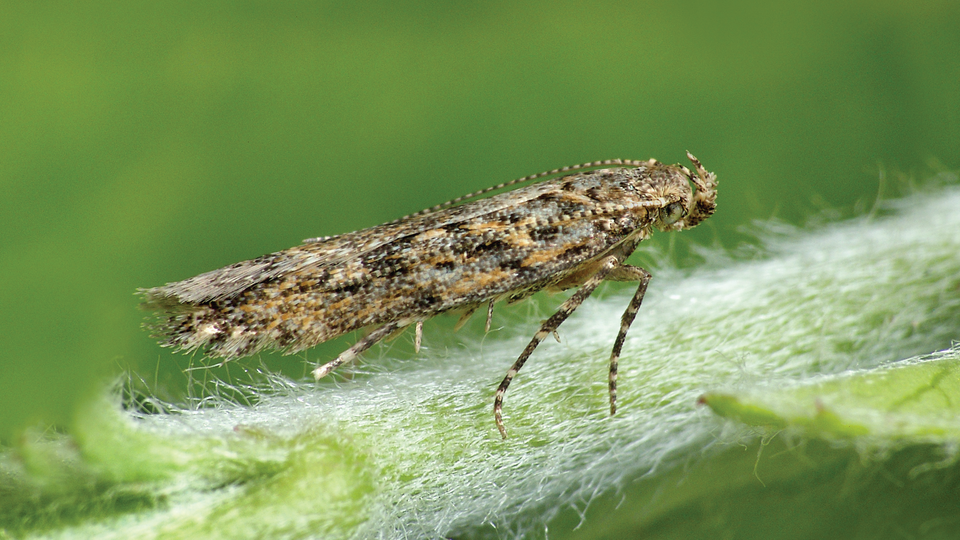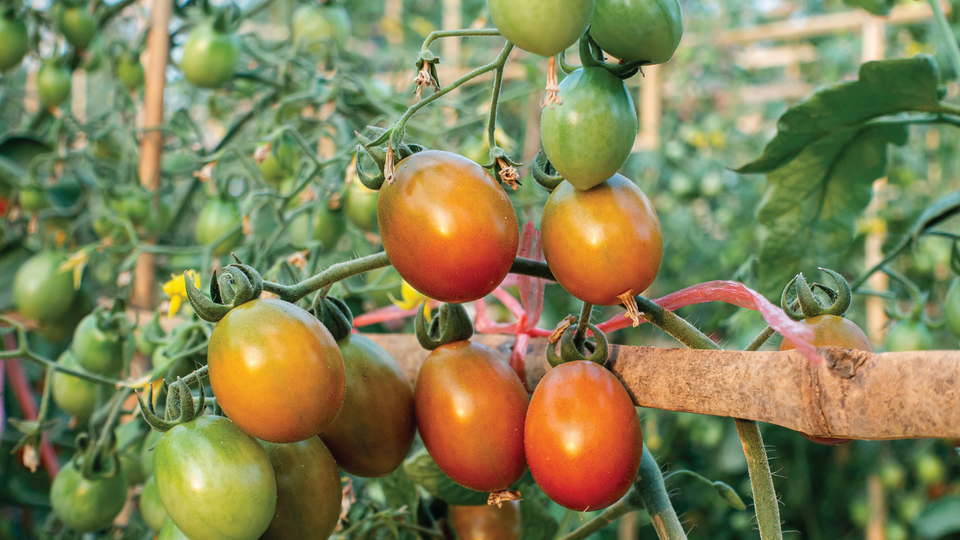Bio
Abhijin Adiga is a Research Associate Professor at the Network Systems Science and Advanced Computing (NSSAC) division, Biocomplexity Institute, at the University of Virginia. Previously, he held positions as a Research Assistant Professor at the Biocomplexity Institute of Virginia Tech. He received his Ph.D. degree from the Department of Computer Science and Automation, at the Indian Institute of Science. His interests are in computational modeling, network science, algorithms, combinatorics, machine learning, and game theory. His current research focuses on the foundations of dynamical processes over networks and the design and implementation of simulation systems to study real-world phenomena such as invasive species spread, infectious diseases, and socio-technical systems.
In this article from The Niche, Abhijin Adiga, a research assistant professor at UVA's Biocomplexity Institute, discusses tracking crop threats like the Tuta absoluta pest.

Researchers at the University of Virginia Biocomplexity Institute are founding partners of a national research institute that will develop artificial intelligence-driven solutions for some of agriculture’s biggest problems: labor, water, weather, and climate change.
With increasing globalization, trade, and human movement, the rate of alien species introduction has increased all around the globe. This paper predicts the distribution of invasive species under conditions of climate change and is important for identifying susceptible areas of invasion and developing strategies for limiting their expansion.
Traffic planners, securities traders and military strategists all use it. Simulating the behavior of millions of idiosyncratic individuals also may be the best way to understand complex phenomena like pandemics.

Agricultural trade is crucial in delivering food to consumers worldwide. The benefits range from lower prices to greater variety in our food supply, and most importantly, the ability to reduce food insecurity across the globe. But, as international trade increases, so does the spread of invasive and destructive agricultural pests that can threaten food production and even destabilize our global food supply.
As international trade and human mobility increase, so does the spread of invasive and destructive agricultural pests, worsened by climate change and the intensive agricultural practices occurring globally. As part of a project funded by the U.S. Department of Agriculture (USDA), researchers from the University of Virginia’s Biocomplexity Institute are focusing their attention on one pest in particular – the South American tomato leafminer or Tuta absoluta.
Modern food systems facilitate rapid dispersal of pests and pathogens through multiple pathways. The complexity of spread dynamics and data inadequacy make it challenging to model the phenomenon and also to prepare for emerging invasions.








